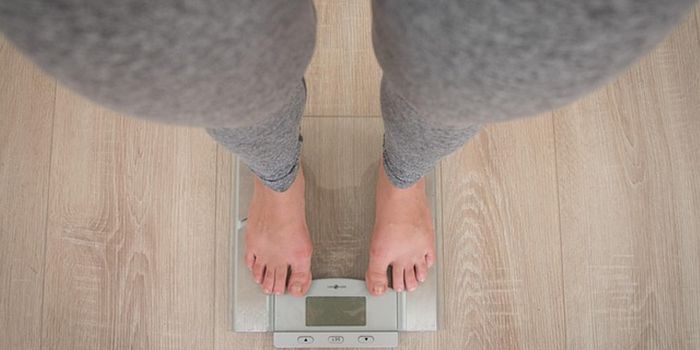A Gravity-Powered Diagnostic Device to Expand Access to Testing
Patient care can be hampered by a lack of diagnostic equipment. The techniques needed to run certain assays can be prohibitively expensive, difficult to use, or maintain. New research can help change that, however. Scientists have created a diagnostic tool that only requires the power of gravity to transport, mix, and assess the liquid samples that are applied to it. With readily available materials and simple ways to read the results, this could be a valuable way for more clinics to access the diagnostic assays they need to help people. The work has been reported in the journal Device.
"The elegance in this approach is all in its simplicity—you can use whatever tools you happen to have to make it work," said Hamed Vahabi, PhD. In theory, only a handsaw would be needed to make channels in wood, and run the test, said Vahabi.
Most tests involve moving samples, mixing stuff together, and making measurements of certain biomarkers. Little pumps are often used to move small samples through channels, or samples are applied to microfluidic devices that use the physical forces of liquids to run assays. But this new method only needs gravity.
"This approach is much simpler and also allows very complex fluid paths to be deigned and operated, which is not easy or cheap to do with microfluidics," said senior study author Ashutosh Chilkoti, the Alan L. Kaganov Distinguished Professor of Biomedical Engineering at Duke University.
The aim is to improve the care of billions of people who cannnot access well-funded clinicians or hospitals.
This approach is made possible with surface coatings that alter the slipperiness and other characteristics of the device. Thus, the droplets can be adjusted so they either flatten droplets out, or allow them to remain spherical as they move down inclines. In various combinations, the surface coatings can replicate microfluidic devices.
"We came up with many different elements to control the motion, interaction, timing and sequence of multiple droplets in the device," Vahabi said. "All of these phenomena are well known in the field, but nobody thought of using them to control the motion of droplets in a systematic way before."
The method was validated with a test assessing the levels of lactate dehydrogenase (LDH) in human serum samples. Channels were carved, and then coated so they droplets would keep moving. Certain reagents were added to specific places to administer the assay. The platform is then enclosed with a lid, and turned 90 degrees so gravity can get to work. The test results are read with an LED and detector that identifies three different biomarkers.
In the case of the LDH test, the biomarker of interest was blue, and the intensity of the blue hue indicated the concentration of LDH in the sample. Eventually, a smartphone might be used to make a determination based on color.
The researchers are planning to continue to improve the device and improve access to testing.
Sources: Duke University, Device









